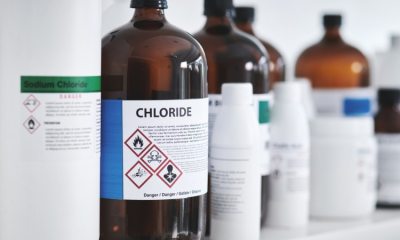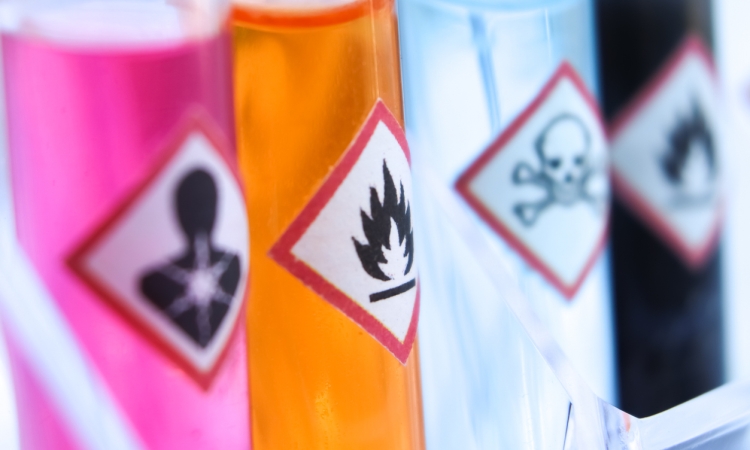Relocating a laboratory involves more than packing boxes and equipment, it demands precise planning, deep regulatory knowledge, and a focus on safety, especially when transporting hazardous materials. From acetone and benzene to methyl alcohol and biological samples, moving chemicals safely and compliantly is critical to protecting your team, the public, and your organization from risk and liability.
Whether your lab is part of a research institution, healthcare system, or government facility, this guide outlines essential steps for planning and executing a safe, regulation-compliant chemical move.
Step 1: Assemble the right team
Begin with a core planning team that includes:
- The lab’s Principal Investigator
- An Environmental Health and Safety (EHS) advisor
- A move coordinator or lab safety director
- A facilities manager
- A chemical transport specialist or vendor
This team will be responsible for ensuring safety protocols are followed, proper documentation is maintained, and all regulatory requirements are met throughout the move.
Step 2: Know the HAZMAT rules
Many lab chemicals are classified as hazardous materials (HAZMAT) by the US Department of Transportation (DOT). To legally transport these materials, your carrier must:
- Be registered and compliant with DOT HAZMAT regulations
- Use properly trained drivers and labeled vehicles
- Maintain up-to-date security plans and emergency procedures
“Trained experts help identify and segregate lab chemicals by DOT hazard class to ensure safety during transport,” explains Matt Logan, JK Senior Account Executive. “That level of detail is critical to a secure and compliant move.”
Violations of HAZMAT transport rules can result in major fines, up to $500,000 for corporations, so choosing an experienced partner is essential.
Step 3: Conduct a chemical inventory
 Before any move, conduct a detailed inventory of all lab chemicals:
Before any move, conduct a detailed inventory of all lab chemicals:
- Record trade and generic names
- Classify each by DOT hazard class
- Include accurate documentation with emergency contact info
Precise inventorying not only ensures compliance, it helps protect emergency responders should an incident occur during transit and supports safe handling and transportation of laboratory equipment and materials during the relocation process.
Step 4: Package and label with care
Each chemical must be packaged in DOT-compliant containers that are compatible with its contents (e.g., methyl alcohol in stainless steel, benzene in aluminum). Your transport partner should:
- Use containers that meet or exceed HAZMAT specifications
- Track previous contents to avoid cross-contamination
- Adhere to container fill limits and labeling standards
Correct labeling and container selection are essential to both safety and compliance.
Step 5: Handle and transport securely
Use freight elevators whenever possible and restrict access to ensure safe transfer from lab to vehicle. For transit, request a climate-controlled truck if your chemicals are temperature-sensitive.
Be sure the transport company:
- Properly secures all containers
- Cushions sensitive materials
- Uses tie-downs and containment strategies
“Top HAZMAT roadside violations include ‘packages not secured in vehicle,’” Logan notes, citing data from the Federal Motor Clients Safety Administration. “Proper restraint prevents accidents and inspection violations.”
Bonus consideration: FFE logistics in healthcare moves
If your lab is part of a medical facility, don’t overlook the relocation of furniture, fixtures, and equipment (FFE), items that support patient care or research. JK Moving’s healthcare FFE logistics solutions are designed to maintain operational continuity and regulatory compliance in clinical environments.
Final thoughts
Safely transporting lab chemicals requires more than careful handling, it demands knowledge of regulatory frameworks, specialized training, and meticulous planning. Choosing a transportation partner with the right experience can make all the difference between a smooth relocation and a costly disruption. For labs relocating in the Midwest, explore our St. Louis laboratory relocation services to ensure compliance and safety at every step.
To learn more about our chemical transport and laboratory relocation services, contact Matt Logan at matt.logan@jkmoving.com or 703-260-3065.


